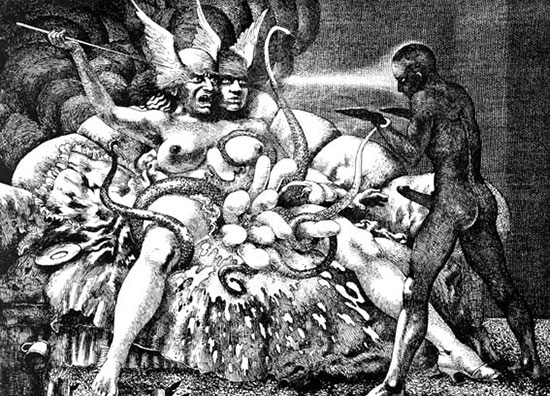Agamben's Homo Sacer series has previously traced as characteristic of the modern period the forcible separation of bios – or bare, physical, animal life – from zoè – the social-historical, transindividual capacity that Aristotle thought defined the human species. Anyone who has ever interacted with immigration enforcement will understand bios as what remains of someone once their arbitrary and indefinite detention as a “foreigner” of whatever kind has subtracted their zoè from them. Such prisons are instances of “the camp” – in the sense of “internment camp” – which Agamben argues is the exemplary apparatus for removing the body from political life to produce it again as mere bios. Now, the problem is considered in reverse as bios and zoè are reconciled in a theory of their original unity, the concept “form-of-life,” which develops towards an ontology of style.
The Prophet of Islam in Old French: The Romance of Muhammad (1258) and The Book of Muhammad’s Ladder (1264), ed. and trans. Reginal Hyatte (Leiden, Netherlands: Brill, 1997), 126.
Origen of Alexandria, Commentary on the Gospel According to John, Books 1–10, trans. Ronald E. Heine (Washington, DC: Catholic University of America Press, 1989), II, 129.
Clement of Alexandria, Exhortation to the Heathen, trans. William Wilson, in Ante-Nicene Fathers, vol. 2, eds. Alexander Roberts, James Donaldson, and A. Cleveland Coxe (Buffalo, NY: Christian Literature Publishing, 1885), XI.
Marius Victorinus, Theological Treatise on the Trinity, trans. Mary T. Clark (Washington, DC: Catholic University of America Press, 2002), 116.
Fernand Deligny, Les enfant et le silence (Paris: Galilée, 1980), 40.
Ibid.
Franz Kafka, Letter to Milena, trans. Philip Boehm (New York: Schocken, 1990), 147.
This is the fifth chapter of the third part of The Use of Bodies, the ninth and final volume of Agamben’s Homo Sacer series. The excerpt is published courtesy of Stanford University Press.
